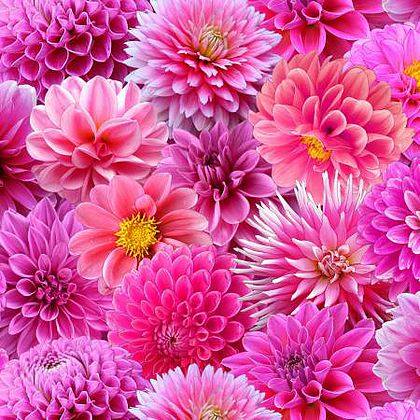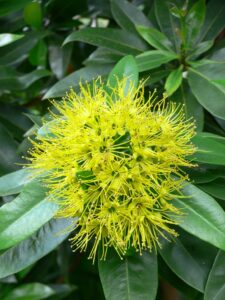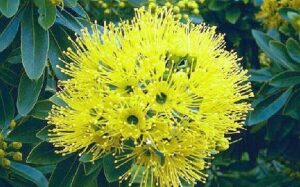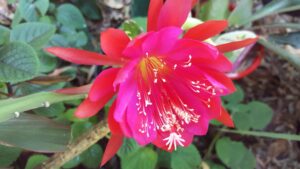Flowers can say it all – ‘Get Well’, ‘Thank you’, ‘I’m sorry’, ‘Thinking of you’ etc etc these sentiments are expressed eloquently just by extending a blooming bundle of flowers.
In this post there will be mention of cutting, preparation, storing and day-to-day care of cut flowers. If we grow these flowers it is a simple matter of wandering through our gardens and picking flowers either to give away or for our home – nothing is more welcoming than a vase of flowers (perhaps baking bread gets the tick too!).
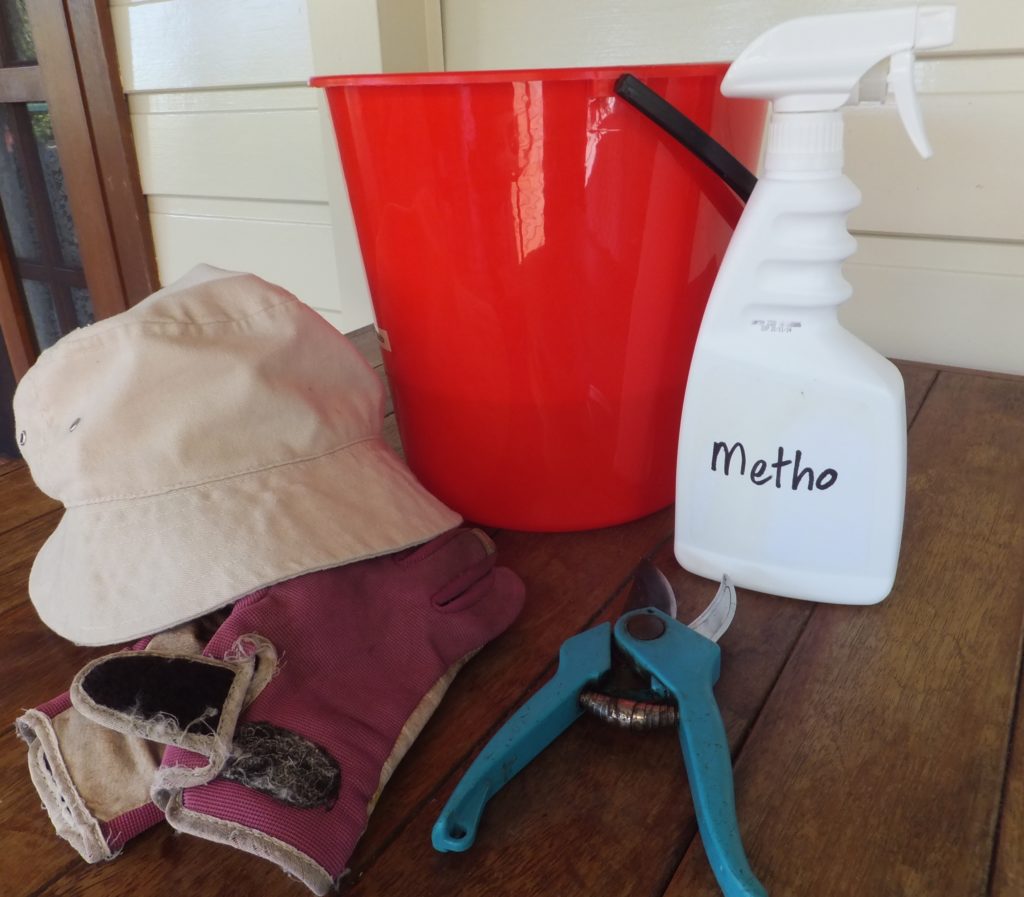
Lets assume you have flowers in your garden for picking. Equipment you will need to cut your flowers and foliage:
- clean and sharp secateurs/knife
- a meticulously clean bucket filled to about 1/4 full of warm water – by using warm water in your bucket, the water is allowed to enter the stem more rapidly.
- spray bottle of metho/spirits to spray secateurs between plants
From the outset your blooms have to be treated with respect and the first way is by ‘conditioning’. This will make sure that flowers and foliage last for the maximum time – one of the most common causes of wilting in cut flowers and foliage is the presence of an air-lock in the stem. This air-lock usually forms as the flower is cut when atmospheric pressure forces air into the water ducts of the stem in which there is normally a partial vacuum. So it is best if flowers cut from the garden are placed into the bucket immediately, finer bloom preparation details eg removal of leaves etc can be done later.
To prevent diseases being transferred from one plant to another it is best to spray your cutting instrument between plants with metho.
The optimum time for cutting flowers is in the early morning or late evening. This is when flowers have the maximum amount of water in their stems and they will condition more readily.
Once you have picked all the material you want for your arrangement, vase or bouquet, take the time to complete the preparation of your flowers by:
- Making sure that all the lower leaves are removed as any leaves left under water will quickly begin to rot and cause a build-up of bacteria which will clog the stem ends, preventing the uptake of water and also making the water smell foul.
- Trim 1.5-2cm off all stem ends at a sharp angle, thus exposing more of the central area of the stem (known as the xylem tissue) which is responsible for the uptake of water and they don’t sit ‘flat bottomed’ in the vase hindering the uptake of water.
Flowers and foliage should remain in the water for at least two or three hours (or overnight) before arranging them.
One of the biggest problems people have with cut flowers (either home grown or commercial) is that they don’t seem to last. This most probably has got absolutely nothing to do with the flowers but everything about the vase that they are put into! Bacteria can live on for months in a dry vase so it is crucial that you clean your vases with soap and hot water with a few drops of bleach added.
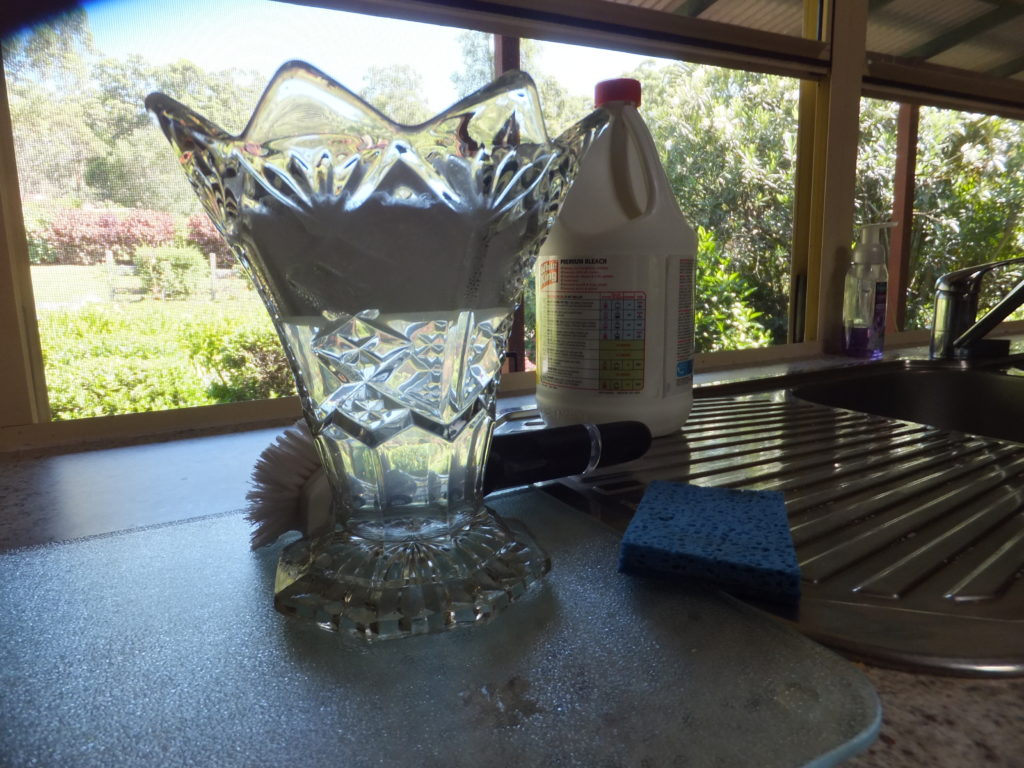
A home made flower preservative:
2 Tablespoons lemon juice
1 Tablespoon sugar
1/2 Tablespoon bleach
1 litre of tepid water
Enjoy your beautifully cut, conditioned and fresh flowers!

